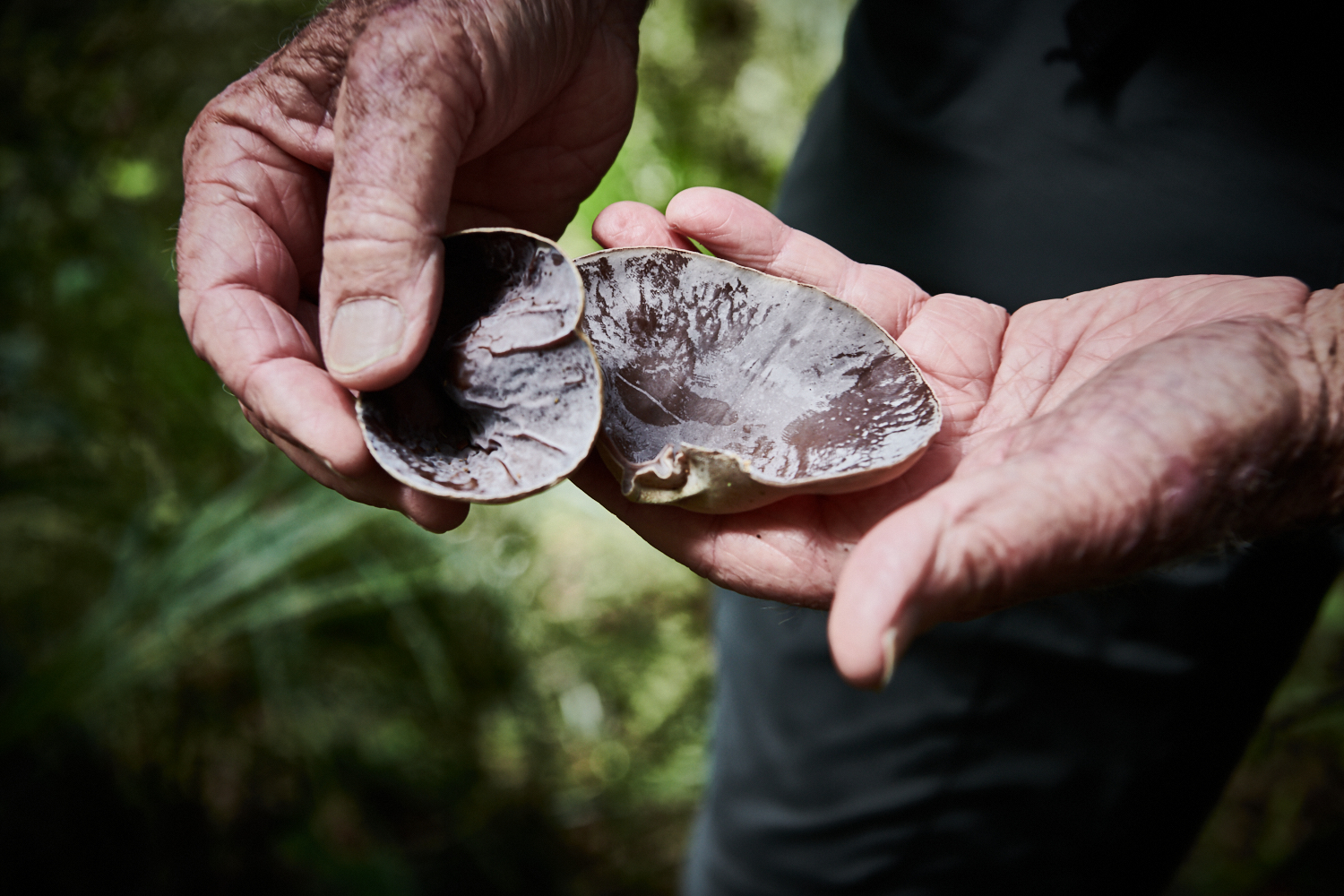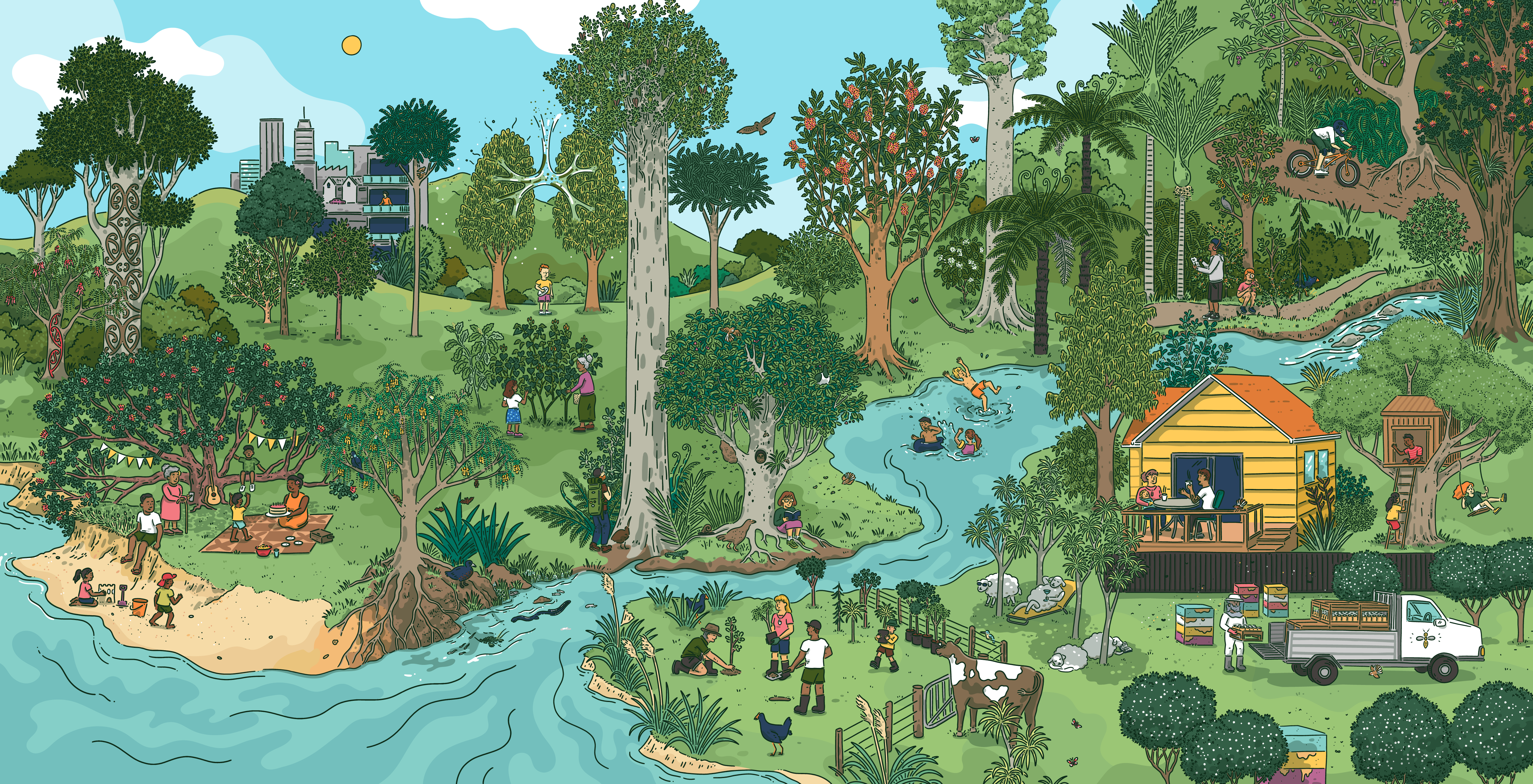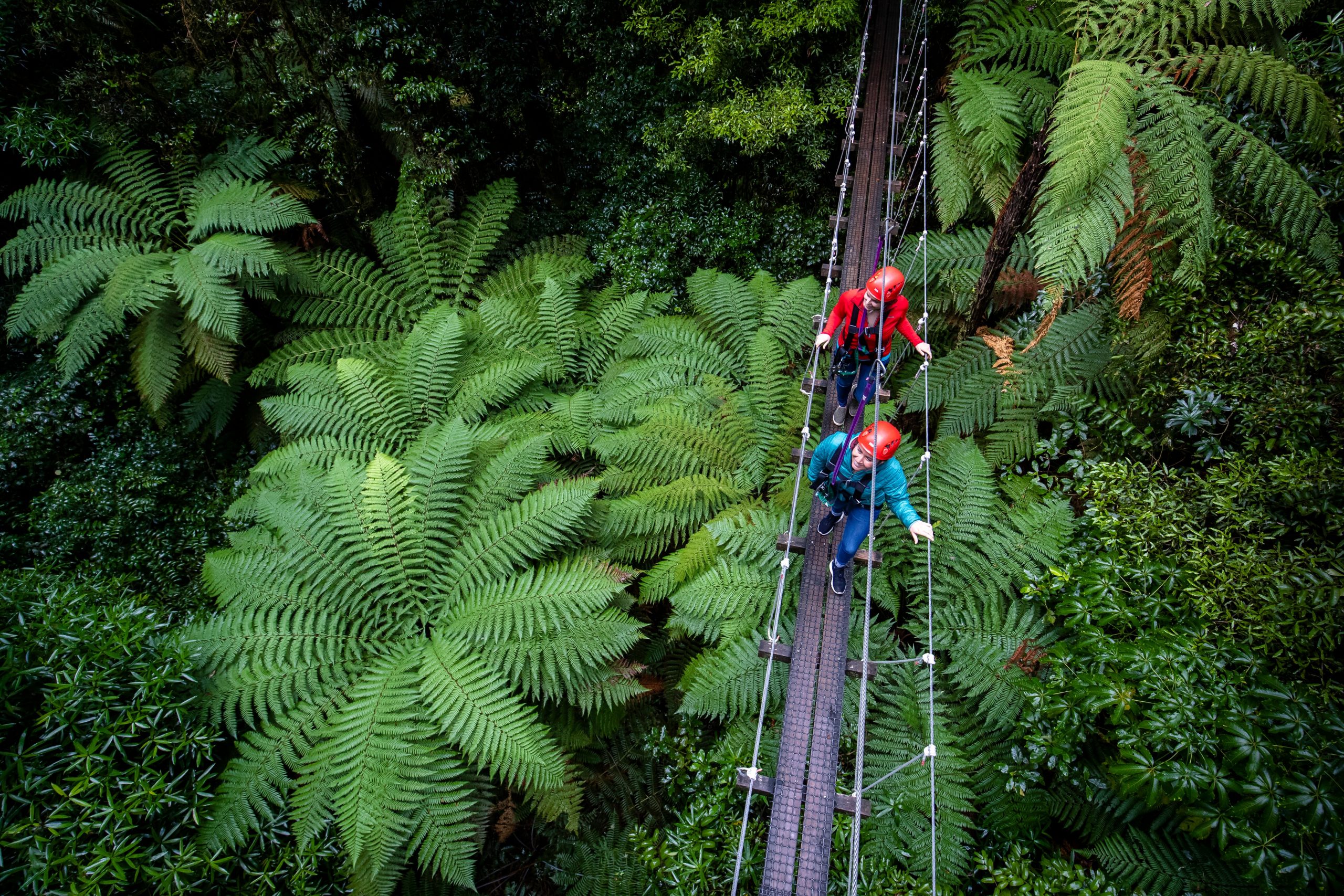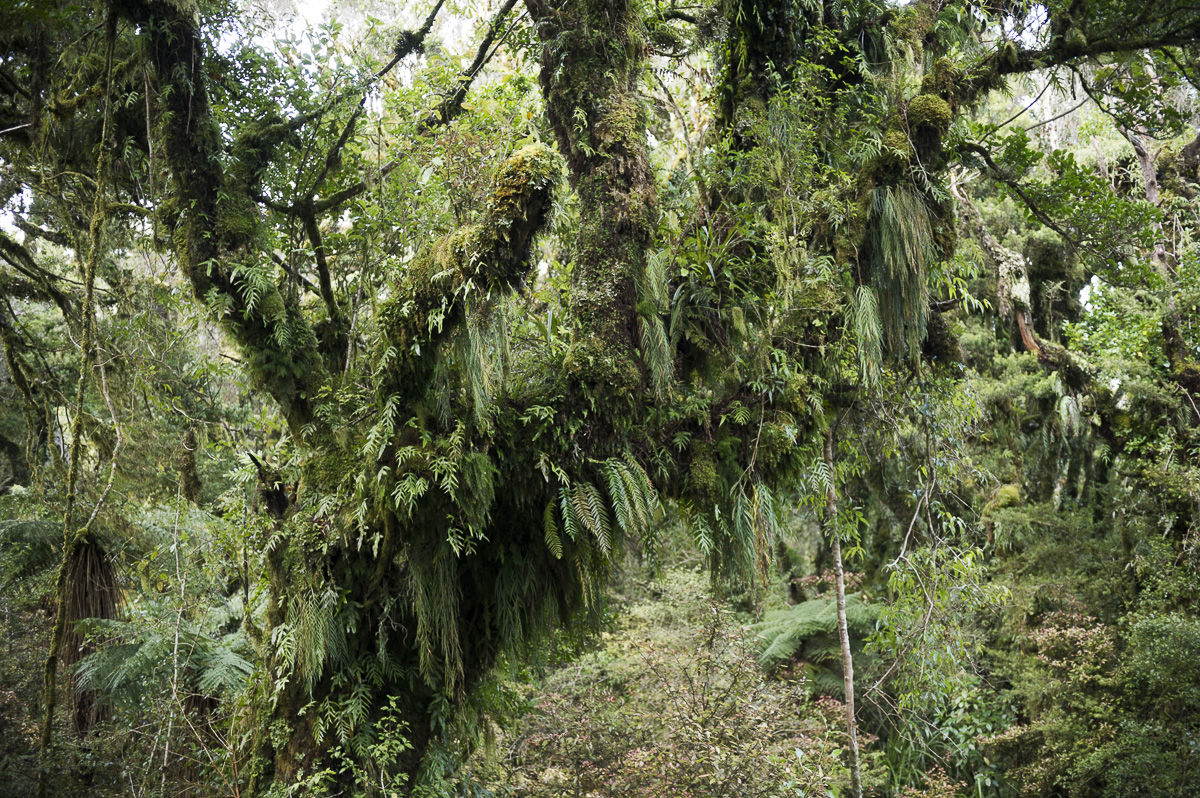Our very survival is dependent on the natural world – we all need food, clean water, and shelter. There are many services that natural ecosystems provide that most of us are not fully aware of until they are destroyed. In modern times, a focus on short-term monetary returns has often prevailed over traditional indigenous viewpoints of the wider value of natural resources, resulting in environmental degradation. Fortunately, there is now increased awareness of the finite nature of natural resources.
New Zealand’s current growth model is approaching its environmental limits, largely due to intensification of land use. Our biodiversity is under threat according to an OECD report on our environmental performance. The report recommended land management measures to reduce water pollution, and a broadened use of economic instruments to provide incentives for conservation on private land. Extinction rates for our native fauna are among the highest in the world.
In addition to this, we will continue to see intense weather events which highlight major issues with clear-fell forestry operations in sensitive steepland catchments. The plantation forest industry’s social licence to operate is under question – there have been persistent calls for vulnerable hill country to be established in native forest.
”New Zealand’s economy relies on forests for a myriad of non-timber values (NTVs), i.e., all elements of ecosystem services other than wood products.
Putting Nature into the economic equation
Ecosystem services are defined as the benefits people obtain from ecosystems, or ‘natural capital’. This is an anthropocentric construct to help factor the value of ecosystems into the economic equation – to aid decisions about utilisation of natural resources, or undertake activities that may impact on ecosystems.
Non-timber values
Aside from timber production, New Zealand’s economy relies on forests for a myriad of non-timber values (NTVs), i.e., all elements of ecosystem services other than wood products.
Quantifying NTVs is vitally important for leveraging the business case for afforestation with native species. However, NTVs have largely not been factored into the economic value of forests because of the lack of awareness of the wider value of forests, as well as difficulty in tracking and quantifying the myriad of products and services.
NTVs in sustainably-managed native forests have been researched by the authors of this opinion piece. All statements are fully referenced in a much larger work. NTVs were evaluated under four main categories (note that there are overlaps with some values potentially falling into more than one category).
(i) Non-timber forest products
Industries associated with non-timber forest products are currently underdeveloped in New Zealand, except for mānuka honey, mānuka oil, and sphagnum moss. Many non-timber forest products are produced by small businesses that are often economically important for local communities and have potential for further development.
Non-timber forest products include:
- honey and other bee products (native forest species provide essential early-season nectar flow vital to the apiary industry)
- rongoā (traditional medicines), nature-based pharmaceuticals
- forest understory crops, including kawakawa
- wild foods, freshwater fisheries, hunting and trapping of wild game.

(ii) Environmental regulating services
Our economy relies heavily on forests (natural and planted) for environmental regulating services. However, they are widely regarded as ‘free of charge’ or a ‘gift of nature’.
These ecosystem services include:
- carbon sequestration – the only environmental service currently monetised
- habitat provision and enhanced biodiversity values (in terrestrial and aquatic environments)
- services provided by urban trees, including air quality, green infrastructure, and climate regulation
- stabilisation of soils, erosion reduction, catchment protection, and coastal buffers
- retention of nutrients, nutrient recycling, and water quality
- pollination services – vital to the horticultural industry
- green firebreaks and fire risk reduction.
(iii) Socioeconomic, cultural and spiritual services
Forests provide general amenity and ambient environments for outdoor recreation and tourism, and have important spiritual and cultural values. Natural environments and native species underpin our unique sense of place and our international reputation. However, these services are particularly difficult to quantify in economic terms.
These ecosystem services include:
- ambient environments for tourism (particularly ecotourism), outdoor recreation, hunting, fishing, and wild foods
- cultural values associated with native forests, including conservation of native species and kaitiakitanga, rongoā, mahinga kai (traditional food sources), and tūrangawaewae (sense of place)
- aesthetic/landscape values
- native trees, green space, and human well-being in urban areas
- forest-based livelihoods and training opportunities
- ‘Clean, Green’ NZbrand image, political and commercial reputations.
(iv) Underlying supporting services
The original concept of ecosystem services includes supporting services that underlie the rest of ecosystem services. This includes photosynthesis and soil formation, and several other services that overlap with environmental regulating services, including water and nutrient recycling. Care needs to be taken to not ‘double count’ overlapping ecosystem services.

The benefits of weaving native forest back into our rural landscapes
Sustainably-managed native forests deserve a much higher profile as an economically viable land use in New Zealand. This could legitimately be achieved with the inclusion of NTVs in economic analyses.
While many NTVs can be attributed to forests irrespective of whether they are native or exotic, in most cases, the aggregated NTVs of native forests would likely be greater than that for exotic plantation regimes – particularly for cultural and spiritual values, conservation of indigenous biodiversity, and protection of erodible land, water quality, and downstream infrastructure and ecosystems. Permanent native forests managed solely for NTVs or sustainably managed under continuous cover regimes, are likely to have the highest aggregated NTVs, which could potentially exceed timber values.
Native forests in riparian areas are likely to have the highest aggregated NTVs because of the following services:
(i) buffering of the negative impacts of plantation forestry operations, intensive agriculture and urban development through prevention of sediment loss, recycling of nutrients and protection of water quality;
(ii) decreased run-off and flood peaks, protecting downstream infrastructures;
(iii) increased biodiversity and cultural values due to habitat provision, creation of wildlife corridors, protection of aquatic habitat and traditional food sources;
(iv) creation of connections between ecosystems to enable seasonal migrations;
(v) pollination services for adjacent horticultural and agricultural industries; and (vi) increased landscape aesthetic values.
”Sustainably-managed native forests deserve a much higher profile as an economically viable land use in New Zealand.
The integration of sustainably managed native forests into rural landscapes provides opportunities for new and more appropriate primary production and business models for the future. For example, native forest could be woven back onto steep, erodible slopes and riparian areas on farms for all the benefits they provide. This could include sustainable harvest of high-value timber via continuous cover forestry regimes, while retaining the environmental and cultural services associated with high forest.
The farming community has come under increasing pressure regarding social licence to operate and is subject to increased regulation by local and central government. Restrictions on land use and nutrient run-off have recently been introduced to improve and protect water quality. Bringing native forest back onto farms – particularly in riparian areas and on erodible, marginal land – will improve environmental outcomes and regulatory compliance.
The draft advice from the Climate Change Commission recommends establishing new permanent native forests on steep, marginal farmland to offset the long-lived gas emissions in sectors with limited opportunities to reduce emissions from 2050, e.g., offsetting nitrous oxide emissions from agriculture. The Commission also recognises the many other benefits that this would bring, including improving water quality and erosion prevention.
NTVs in native forests on private land are currently difficult to monetise, other than carbon sequestration and some non-timber forest products such as mānuka honey. There is the conundrum of ‘valuing the invaluable’, i.e., NTVs with no direct material benefits and therefore difficult to incentivise, but critically important, nonetheless.

Incentivising native forestation – who benefits, who pays?
The One Billion Trees Programme signifies that the New Zealand Government recognises the wider value of forests; to date they have committed to funding two-thirds in native species. Also, amendments to the NZ Emissions Trading Scheme (ETS) have strengthened the carbon market, providing greater incentive for all types of afforestation. However, native forests have been handicapped by the ‘one size fits all’ MPI look-up tables, which in some circumstances under-estimate the carbon sequestration by native species.
Protecting existing forest and increasing permanent forest cover are recommended as top priorities for climate change mitigation and adaptation in New Zealand and globally. In their draft advice, the Climate Change Commission recommended a shift from clear-fell radiata pine to permanent native forest in erodible hill country.
There is also the well recognised problem of under-representation of lowland natural ecosystems in the conservation estate, due to intensification of land use for agricultural and urban development . And the value of forest cover for human well-being in urban areas has increasingly become recognised. Aside from the many environmental and cultural benefits, there is scientific evidence that access to green spaces makes us happier and healthier.
Weaving more native forest back into our rural and urban landscapes will greatly benefit New Zealand’s economy and human well-being, as well as Papatūānuku. However, there is the question of ‘who pays, and who benefits?’
While in general, the majority of costs associated with establishing and managing native trees on private land fall to the landowner, the benefits of NTVs often accrue to a much wider community, including:
- locally, e.g., amenity services such as shade and shelter, increased soil stability, biodiversity enhancement, hydrological services, and landscape aesthetics
- catchment-wide, e.g., reduction in erosion and sedimentation, improved water quality and water flow regulation, and increased resilience to intense weather events including protection of downstream infrastructures and ecosystems, and biodiversity enhancement
- regionally, e.g., catchment protection, biodiversity enhancement, increased tourism and employment
- nationally, e.g., accumulative benefits associated with all the above mentioned NTVs, and New Zealand’s international branding as a clean, green country
- internationally, e.g., carbon sequestration and mitigation of climate change.

There is a compelling argument for compensating the efforts of private landowners who safeguard biodiversity in the wider public interest, which is the flip side of the ‘polluter-pays’ principle. Native forests generally support a greater biodiversity of indigenous fauna and flora than exotic forests, with most fruit and nectar feeders largely dependent on native forest for habitat. Currently efforts are underway to create a biodiversity credit system to incentivise establishment of native forest in New Zealand. Initiatives to increase biodiversity values will likely drag other NTVs up as well.
The opportunity for New Zealand is to incentivise afforestation with native species on privately owned, rural working lands, and reward landowners for providing NTVs, particularly with the high cost associated with successfully establishing and managing native forest. The models to do this urgently need to be developed.
The Climate Change Commission recommends that the Government implement measures to incentivise establishing and maintaining at least 16,000 hectares of new permanent native forests per year by 2025, increasing to at least 25,000 hectares per year by 2030. These levels of new planting could be assisted by extending grant schemes such as One Billion Trees or by developing ecosystem services payment schemes. Another longer-term option is to invest in research and development in continuous cover forestry regimes, and development of a sustainable niche timber industry for high-value, farm-grown native timbers.




Leave a comment